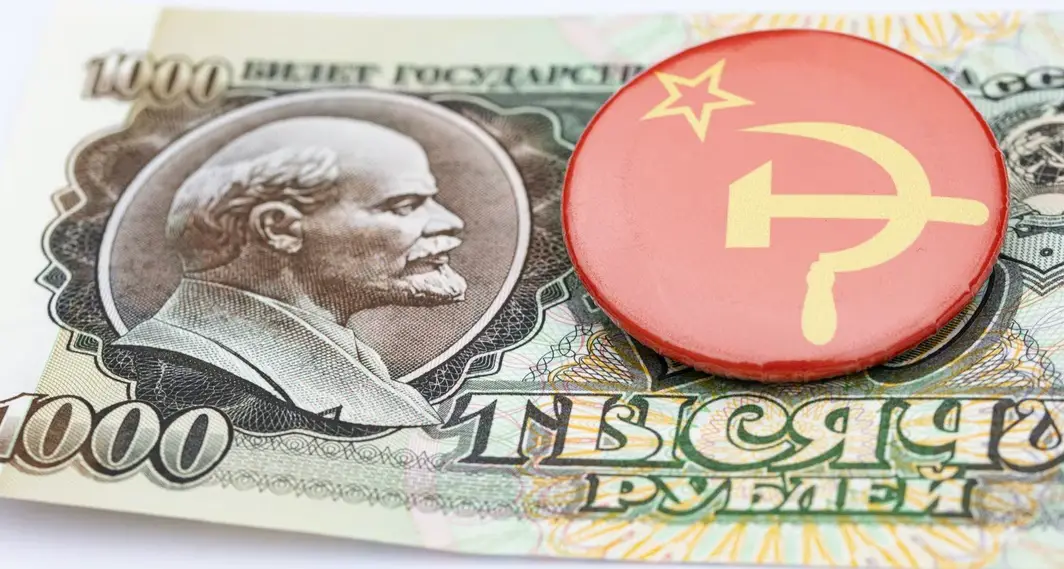On Monday, the Russian ruble gained ground against other major currencies, inching above 94 rubles to the dollar, the first time it rose that high since September 13th, according to trading data from the Moscow Exchange (MOEX).
The ruble was also up against the euro, at 99.9 rubles to the European single currency as of 09:30 GMT, the highest level the ruble has seen against the euro in six weeks.
Analysts say the ruble’s recent rise is linked to a recent regulation which ordered exporters in Russia to sell off their foreign currency reserves, in return for rubles. The measure was announced on October 12th, as the ruble was falling to its lowest level since March of 2022 earlier this month. The new regulation impacted 43 Russian exporters from sectors as varied as energy, metals, chemical and forestry industries, and farming.
In an interview with Forbes Russia, BKS Express market analyst Michael Zeltser said, “The Russian ruble has finally come out of last week’s decline. The market needed that week for consolidation after the introduction of the foreign currency earnings repatriation regulation.” He said that in his opinion, the surge of the ruble “is not over yet” and that after a period of stabilization, the currencies of the West “risk continuing to fall, while the ruble will be ready for an offensive.”
Analysts noted that the ruble is also benefiting from higher global oil prices, as well as upcoming tax payments Russian exporters will be making.
Dmitry Gritskevich, head of banking and financial markets analysis at PSB said, “The ruble is likely to continue strengthening on the payment of taxes, which will support prices of government securities. We expect that tax payments will allow the ruble to consolidate in the range of 90-95 rubles to a dollar.”

